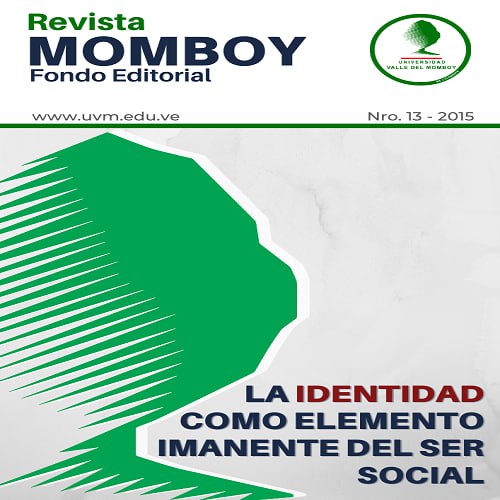Presence of the Bagpipe in San Rafael de Carvajal
Keywords:
Bagpipes, Zulia state, Of mixed race, African drums, Four CreoleAbstract
In a broad sense, the gaita is a musical genre native to the State of Zulia; It is a syncretic song, of miscegenation, an amalgamation of African drums with the language of Cervantes and the experiences of the indigenous Zuliano, played in 6x8 time signature, it has a high percussive content: tumbara, furro (membranophone instrument with a single leather head). goat, with a path in the center, descendant of the African zambomba that arrived on the Spanish Mediterranean coast), the charrasca (a type of copper or bronze cylinder), the maracas made with dried and processed taparas filled with seeds and the harmonic part falls in the creole cuatro descended from the Spanish guitar. However, it could be said with certainty that the thesis that maintains that the bagpipe is of 100% African origin is ruled out, since Africans and their direct descendants had a serious language barrier, His contribution was only rhythmic, that is why the bagpipe is a product of miscegenation.
Downloads
References
Antonio Acevedo “Ensayo Sobre La Gaita Zuliana”
Arnoldo Hernández Oquendo: “El Libro de Oro de La Gaita”
San Rafael de Carvajal, Municipio Gaitero del Edo Trujillo. Diario de los Andes
Downloads
Published
How to Cite
Issue
Section
License
Copyright (c) 2015 Jorge Juárez

This work is licensed under a Creative Commons Attribution 4.0 International License.











